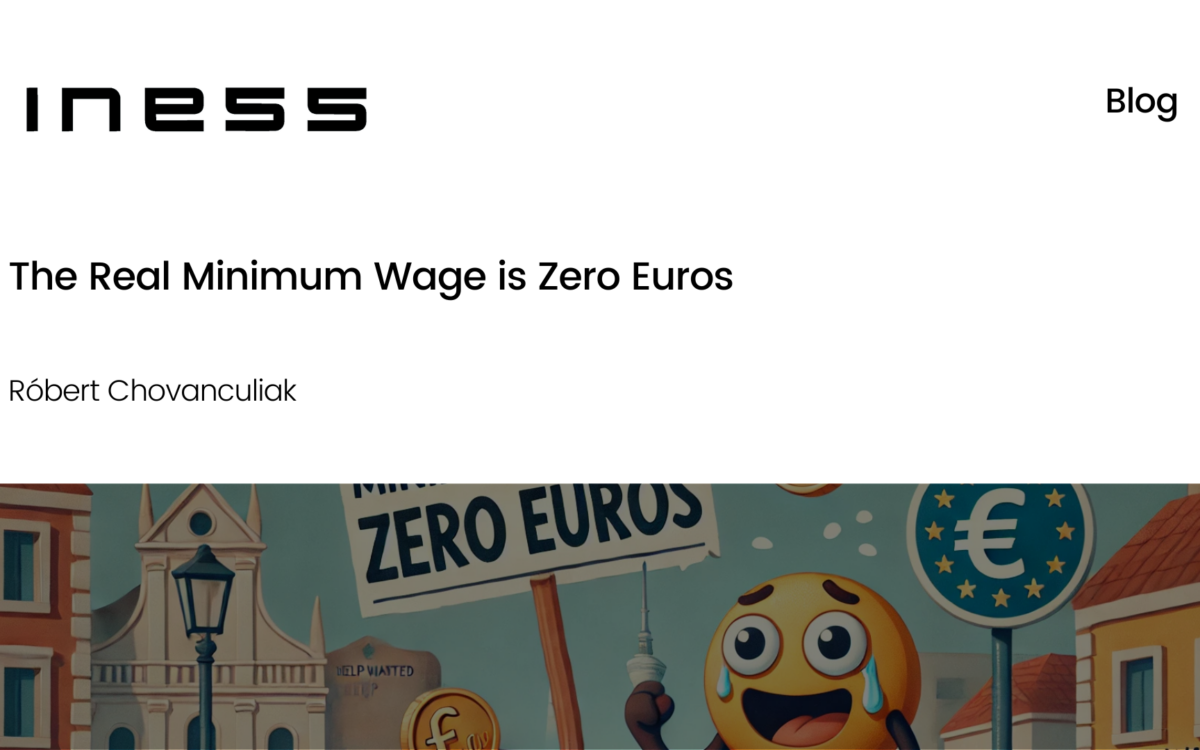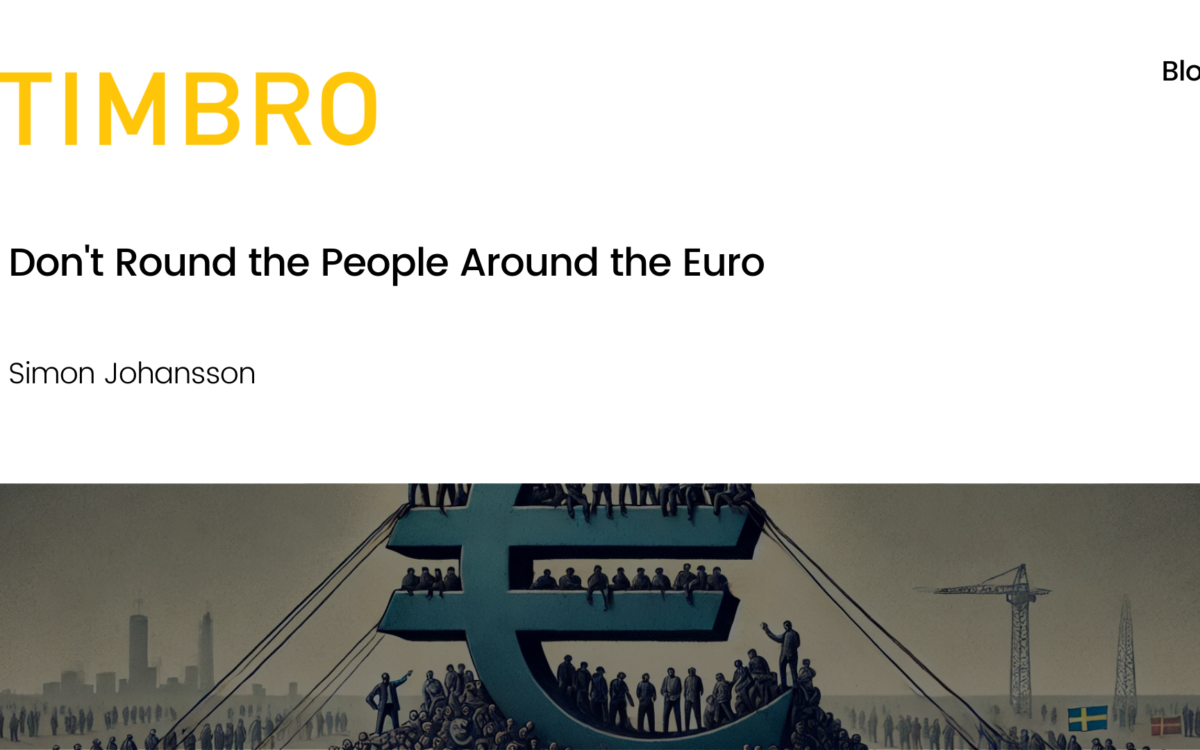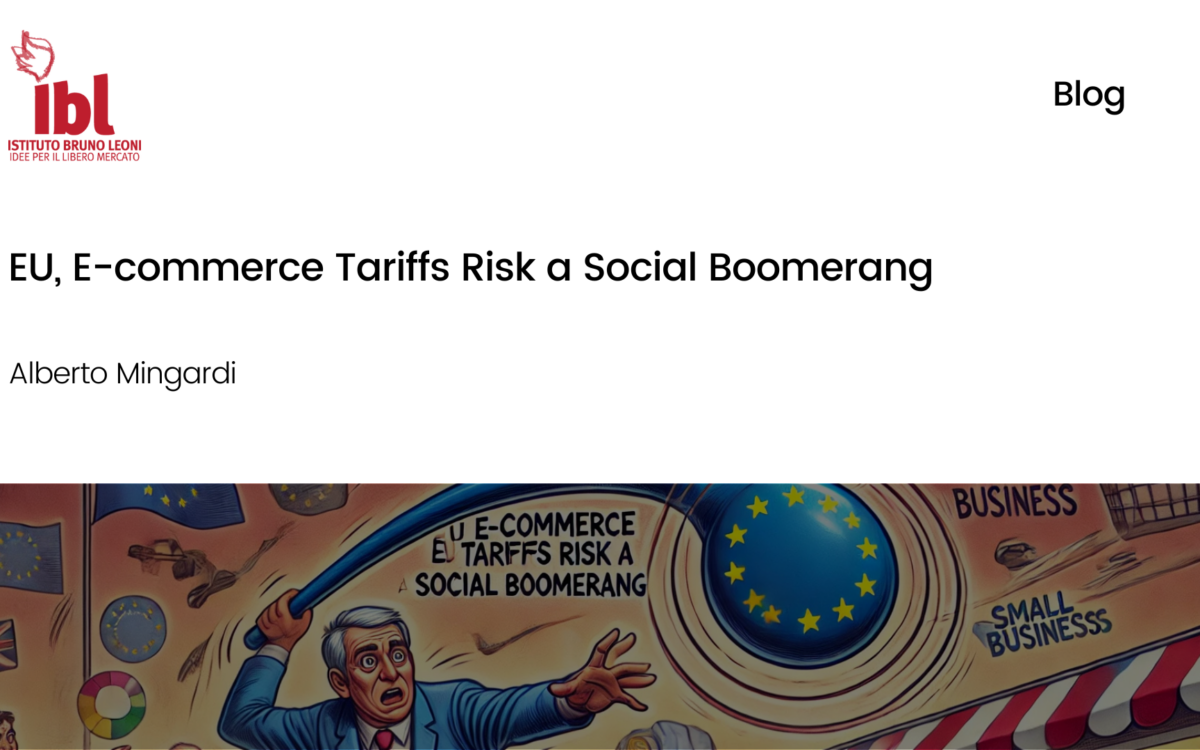The EU-China Comprehensive Agreement on Investment is Oversold

The EU-China Comprehensive Agreement on Investment is Oversold
Bigyan Babi Regmi // 2 March 2021
After almost seven years of discussions and negotiations, it was announced on December 30, 2020, that the EU and China concluded in principle the negotiations for a Comprehensive Agreement on Investment (CAI). The European Commission presented the agreement as “the most ambitious agreement that China has ever concluded with a third country.” Many European leaders have claimed that the agreement provides a crucial pivot to advance European norms and values across the pacific — on top of the economic opportunities that it opens up. However, the last-minute magic to reach the agreement makes one skeptical about the real wins and concessions. While the implementation and results of the deal await, the CAI — at its infancy — is oversold as a huge success.
The first pillar of the agreement is market access. China’s commitment to market access comes in two forms: (1) opening of sectors such as health and Research and Development (R&D) that were previously limited to domestic investors only, and (2) elimination of quantitative restrictions and joint venture requirements as a way to enable sole ownership of European investors in businesses in multiple sectors. EU negotiators have portrayed these as a far-reaching and unprecedented commitment from China. However, these pledges do not seem to be a significant departure from China’s previous attempts to open up its market. Under the aegis of WTO and through the provisions on investment in Special Economic Zones (SEZ), China had already paved the path towards granting better market access to foreign investors. Similarly, 100% ownership of auto manufacturing plants was previously granted in 2019 to BMW and Tesla. Similarly, an opening for foreign-invested private hospitals had been signaled in March 2019 by Prime minister Li Keqiang. Therefore, while the CAI is more wide-ranging, the pledge to open up key sectors to European investment was not entirely unprecedented
Another major win of the CAI is considered to be the creation of a level playing field for European partners. Brussels highlights the deal as “the first agreement to deliver on obligations for the behavior of state-owned enterprises, comprehensive rules for transparency on subsidies and commitments related to sustainable development”. Indeed, the measures on transparency on state subsidies fill the void for a level playing field and go beyond the WTO rulebook. The rules against the forced transfer of technology also suggest China’s endeavor to gain trust on matters such as intellectual property rights and the development and use of new technology. Both of these provisions confirm the uniqueness of the CAI. However, it might be too early to claim this as a win – especially while the ambiguity over how they will be implemented persists.
Beyond provisions on trade and investment, issues such as sustainable development, ratification of outstanding International Labour Organisation (ILO) conventions (discussed in the second blog post of the CAI series), and corporate social responsibility form the third pillar of the agreement. These are the aspects where the EU sees it pushing the CAI as a founding stone for a “value-based relationship”. However, the arbitrariness in the enforcement of these schemes — many claim — is a concession on the EU’s side. Hence, there is a need for the EU and China to make tangible commitments and a clearer framework for implementation and monitoring. Without a strong and independent mechanism to review progress, the EU might not have an edge in advancing its “value-based relationship” with China. Nonetheless, within the CAI, the EU will have the merit to open up discussions on China’s commitments towards sustainable development, including the ratification of the climate deals and ILO Conventions.
In the past few weeks, EU leaders such as Angela Merkel and Ursula von der Leyen have taken pride in reaching the “most ambitious” agreement with China. Yet many in the media raised their brows over what remains unclear. At its outlook, it is fair to give a benefit of the doubt to the CAI and to hope that this agreement promotes a more liberal economic relationship between China and the EU. However, the wins and concessions of the deal will only be realized after both parties walk the walk.
EPICENTER publications and contributions from our member think tanks are designed to promote the discussion of economic issues and the role of markets in solving economic and social problems. As with all EPICENTER publications, the views expressed here are those of the author and not EPICENTER or its member think tanks (which have no corporate view).



